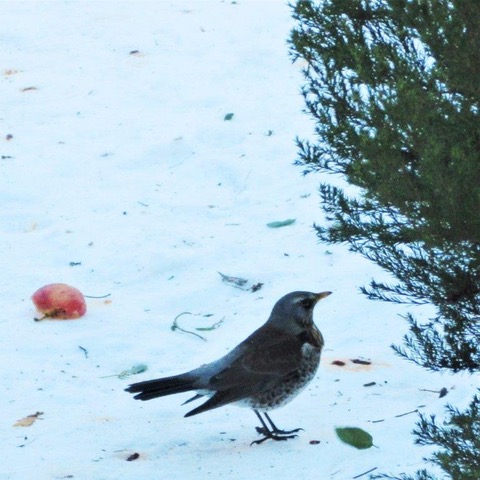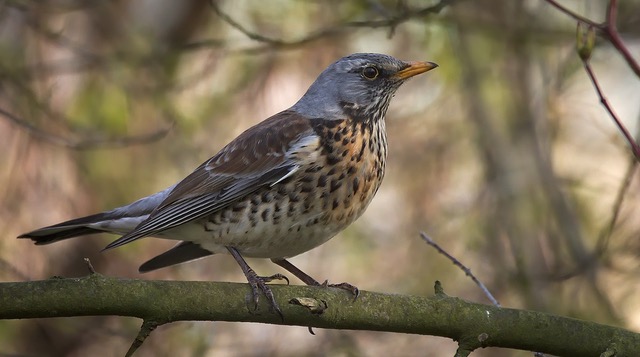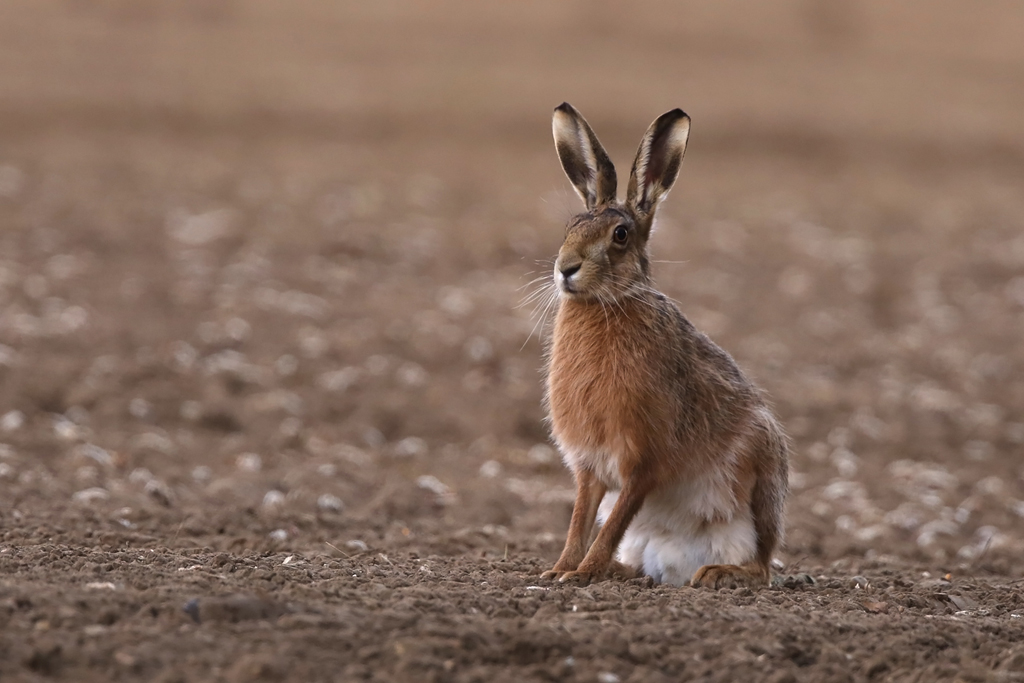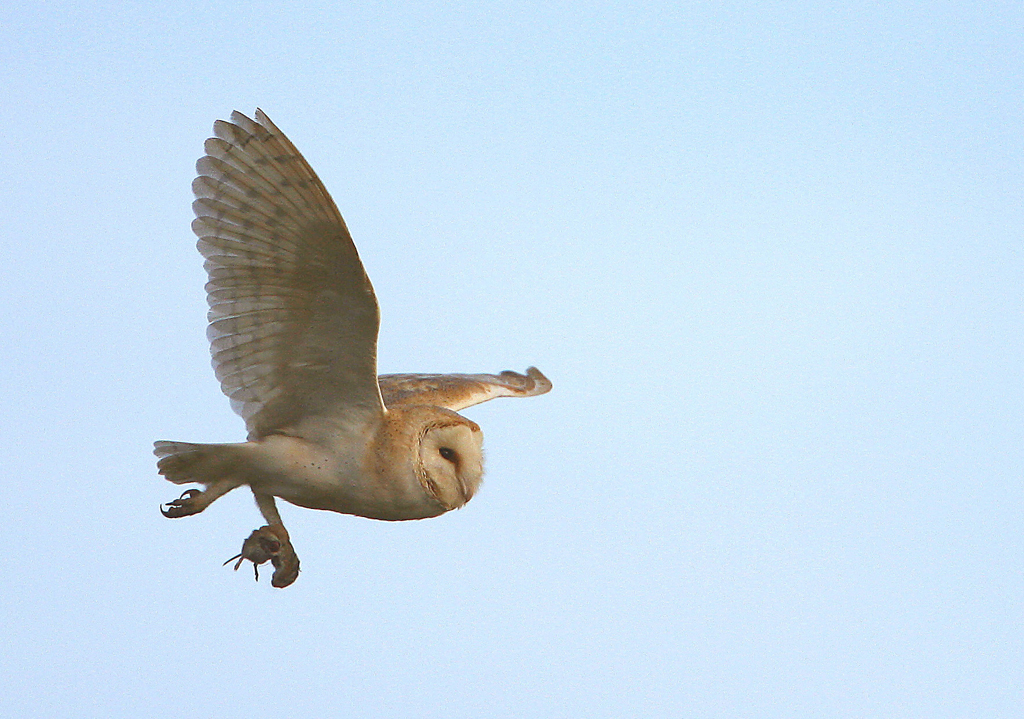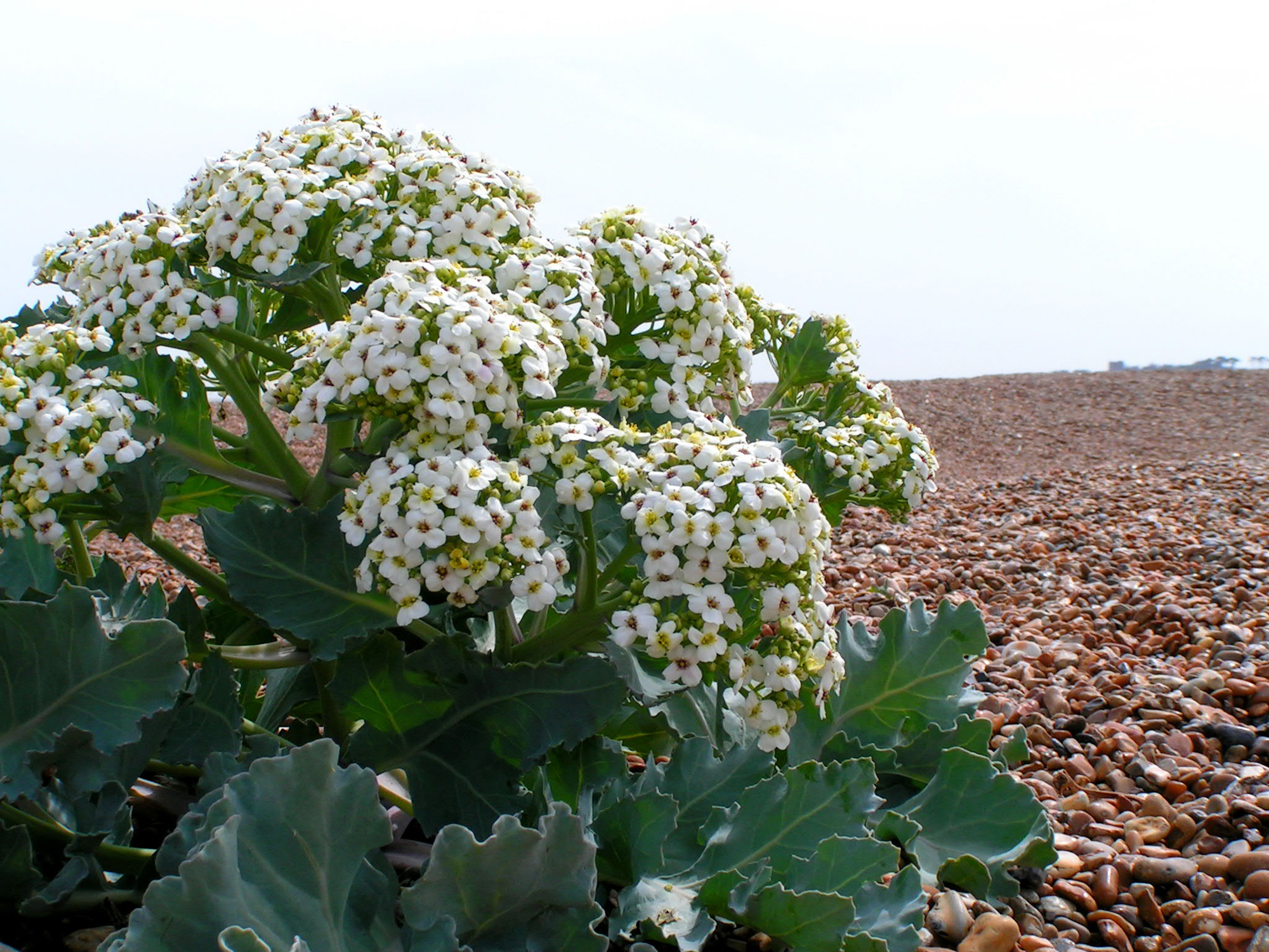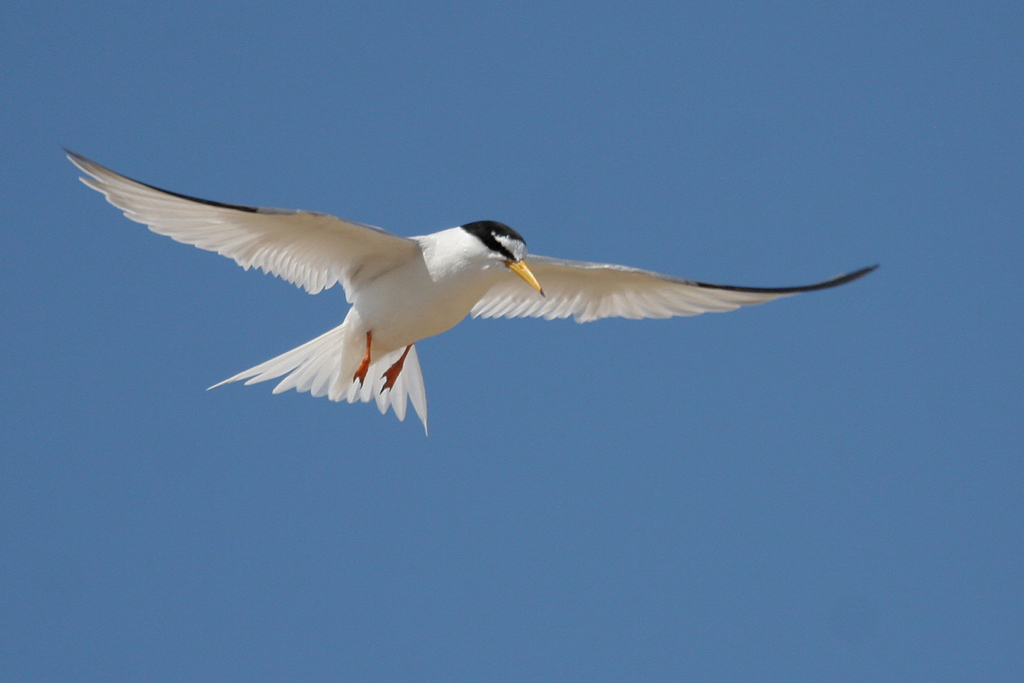The call is unmistakeable. A harsh, grating chak-a-chack chack as a stocky, long-tailed thrush, or more likely a small flock of them, rises up from a field or from the hedges where they have been feasting on the autumn bounty of hips and haws. Fieldfares. We often associate birds with particular seasons and times of year – the first cuckoo of spring, the skylark pouring out his heart in high summer, and the swallows gathering on the wires in early autumn. For me, the fieldfare’s chattering call – like a piece of rusty agricultural equipment – is the sure sign that winter is really upon us. Their arrival in East Anglia often coincides with the first influxes of cold air from Scandinavia, and it’s hard not to think of them as Viking invaders, come to plunder our rich native berry stocks. They usually arrive in company with other ‘winter thrushes’ like redwings and continental blackbirds and song thrushes, but the fieldfares are the largest and most dominant of these. They are a slightly paradoxical combination of shyness and boldness. They are easily alarmed by any human approach and before you can get close they tend to rise up in a loud clacking flock, flashing their silvery-white underwings. They’ll then perch warily high up in a tree, where they all face in exactly the same direction rather than distributing themselves in a random pattern, as most other birds do, before suddenly taking flight again with a further volley of alarm calls. Maybe this nervy anxiety is some sort of biological folk-memory from Victorian times when roasted fieldfare was a highly regarded amuse bouche for gourmet dinners and the birds were hunted and shot in large numbers.
By contrast with this apparent timidity, fieldfares are fierce in seeing off much larger birds like crows and birds of prey, which they buzz and dive-bomb in formation. On the ground, they also bully smaller birds competing for the same food supplies. In really hard weather they’ll come into orchards and even into our gardens to gorge on the fallen apples and you can watch them driving off blackbirds in a flurry of aggressive short-range assaults. When you see fieldfares close-up like this they are very handsome birds, with a grey head and rump, a reddish-brown back and a prominent arrow-head pattern of markings running down the chest. Chaucer called them ‘the frosty fieldfares’, which neatly connects both their time of arrival and their physical appearance. That description also catches something of their robust defiance of wintry weather. It’s their time of year and they know how to handle it.
Jeremy Mynott
3 December 2023
